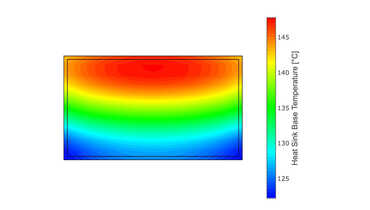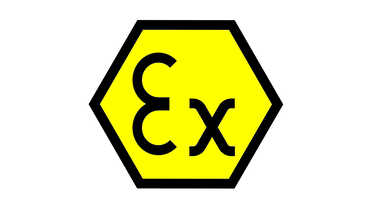In 2010, the two physicists Sir Andre Geim and Sir Kostia Novoselov received the Nobel Prize in Physics. The reason for this was their groundbreaking experiment with regard to the two-dimensional material "graphene". Since then, research institutes have been springing up like mushrooms to research the cost-effective, large-scale production of graphene.
Possible applications of graphene
As early as 2014, Andre Geim predicted that the challenge for the new material to produce it cost-effectively would be greater than expected. Even if large corporations invest a lot of time and money in graphene research, a passable result for the industry can still take up to 40 years. Nevertheless, science expects a lot from graphene, which consists of cheap graphite and is an ideal alternative to the previous indium tin oxide (ITO). This is because individual research results achieved so far provide an insight into the future applications of graphene.
Graphene has many advantages
Due to the many positive properties of graphene, its future use in the following areas of application is conceivable:
- for transparent and, above all, flexible smartphone applications, because it can be stretched up to 20% without damaging the material.
- for transparent laptops, because the transparency is 97.3%
- for particularly light, but at the same time strong and effective means of transport and aircraft, because graphene is lighter than cotton, but stronger than steel.
- for use in solar cells, because it is one of the best conductors of heat.
- for small computer chips that require fast electronics, because electrons move about 200 times faster than in silicon due to their very good conductivity.
Result
So you can see the enormous economic potential of graphene that it has due to its many advantages. We are curious to see whether it will really take up to 40 years before a suitable solution for industrial production emerges.



